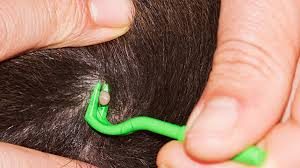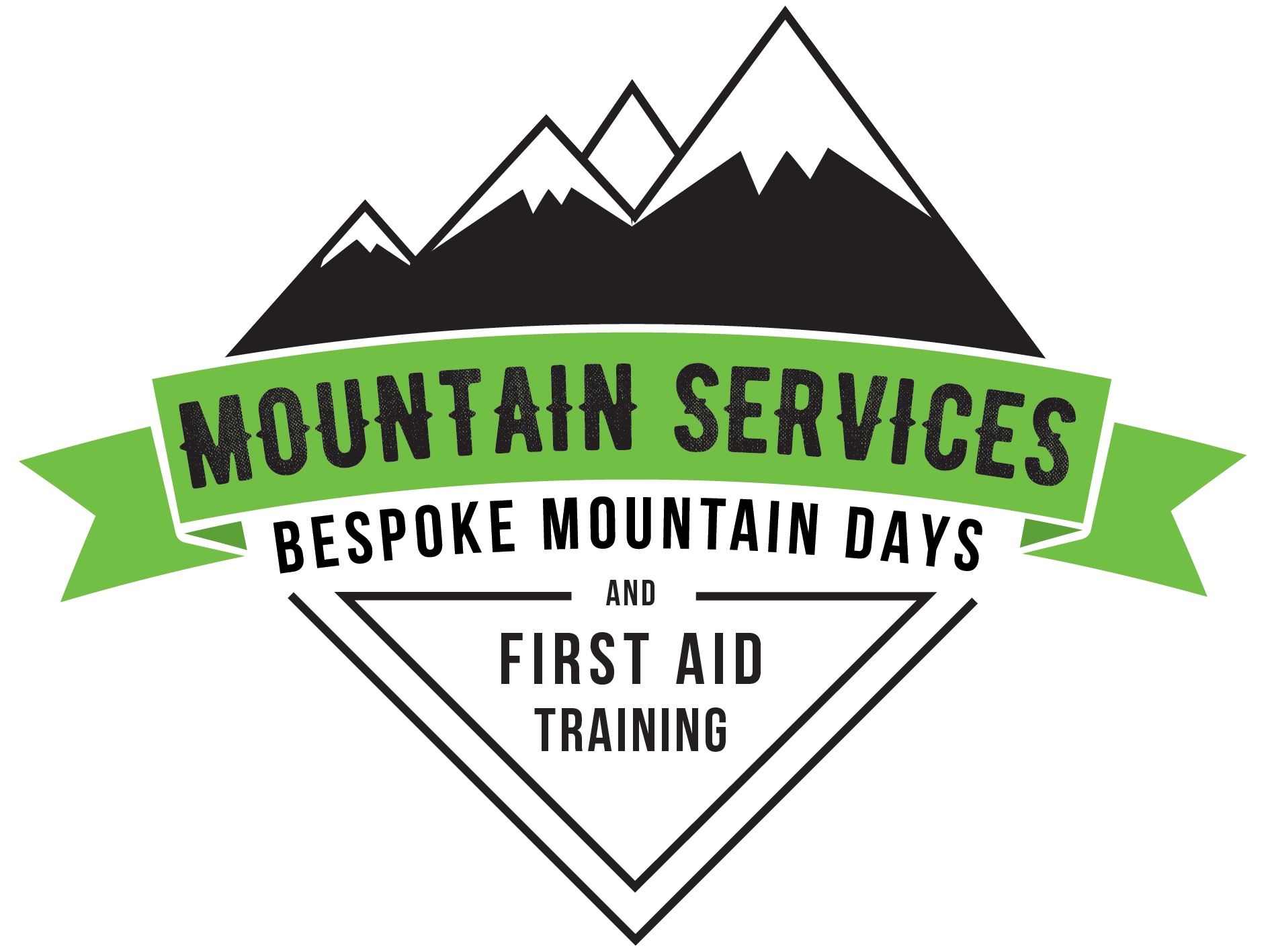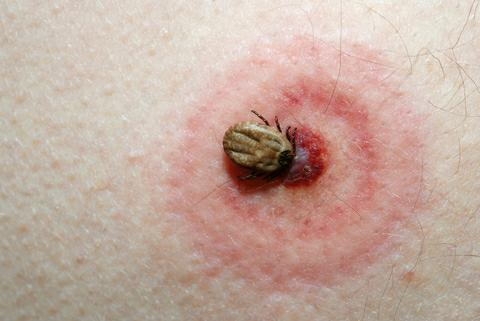The National Institute for Health & Care Excellence (NICE) have updated their guidance for healthcare professionals in relation to the diagnosis and treatment of Lymes disease.
If you've been on a Mountain Services Outdoor First Aid course then you'll know that this is a risk that those who work and play in the outdoors in the UK need to be increasingly aware of.
Last week Mountain Services were speaking to a vet in the Lake District where we're based & they test all ticks that they come across - 20% of them are now found to carry the disease, a shocking percentage. So having the skills to deal with a tick are critical, as NICE put it:
1.1.2 Be aware that most tick bites do not transmit Lyme disease and that prompt, correct removal of the tick reduces the risk of transmission.
 This post is aimed at readers with some basic first aid knowledge - so hopefully we all know not to burn, suffocate or attack ticks - remove them safely with the appropriate tool - and you'll massively reduce the risk of infection.
This post is aimed at readers with some basic first aid knowledge - so hopefully we all know not to burn, suffocate or attack ticks - remove them safely with the appropriate tool - and you'll massively reduce the risk of infection.
The NICE guidance though aimed at professionals is highly encouraging for several reasons; it means more doctors will be aware of, and encouraged to look for, lyme disease - as prompt anti-biotic treatment (Oral doxycycline) can make a significant difference to what, left unchecked, can be an illness with long lasting painful and debilitating symptoms.
A highlight for us when reviewing the new guidelines was the inclusion of a graphic showing the various forms that erythema migrans (the infamous tick rash) can take. Most readers will know about the bullseye bruise - but as EM is only present in approximately 2/3rds of cases & 64% of people diagnosed with Lyme Disease don't recall being bitten by a tick then this tool could really help in early recognition
Types of Erythema Migrans - link
The guidance goes on to tell professionals to consider Lyme Disease for patients who present with:
- fever and sweats
- swollen glands
- malaise
- fatigue
- neck pain or stiffness
- migratory joint or muscle aches and pain
- cognitive impairment, such as memory problems and difficulty concentrating (sometimes described as 'brain fog')
- headache
- paraesthesia.
If all of that sounds a bit daunting (and all too often the outdoor world if full of horror stories) then it's also worth remembering:
- Lyme disease is a bacterial infection treated with antibiotics
- most people recover completely
- prompt antibiotic treatment reduces the risk of further symptoms developing and increases the chance of complete recovery
- it may take time to get better, but their symptoms should continue to improve in the months after antibiotic treatment
- they may need additional treatment for symptom relief.
Additional Reading:


